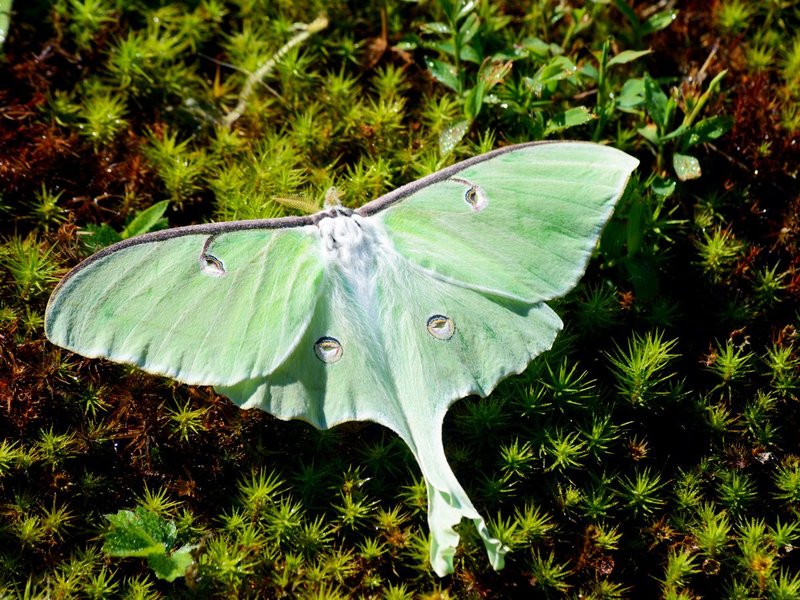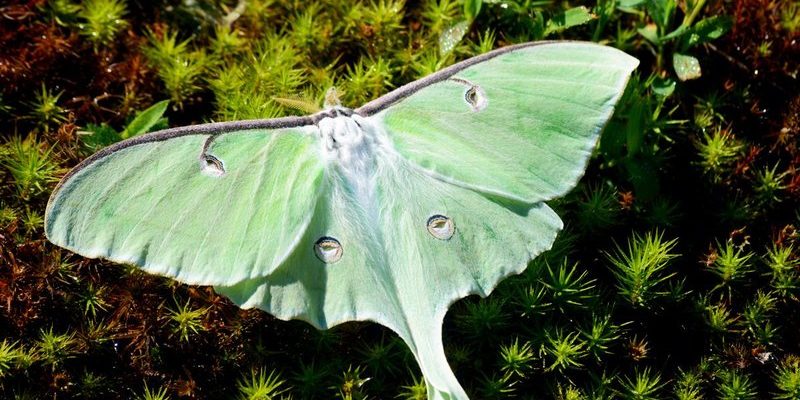
Moths are a part of the Lepidoptera order, which also includes butterflies. While many folks are familiar with butterflies and their vibrant colors, moths often take a back seat in the world of insects. Some species are known for their dull colors and fluffy bodies, but there are also some that are quite striking. So, can these seemingly harmless creatures bring any trouble? Let me explain what you need to know about the relationship between moths and humans.
Understanding Moths: The Good, The Bad, and The Ugly
Moths come in all shapes and sizes, and while most of them won’t bite or sting you, there are some species that can be a bit troublesome. In general, moths aren’t dangerous to humans. They don’t have venom like snakes or sharp stingers like wasps. In fact, many species play crucial roles in our ecosystem, pollinating flowers at night when butterflies are asleep.
That said, there are a few types of moths that can cause harm indirectly. For example, the *Clothes Moth* (Tineola bisselliella) loves to munch on natural fibers, which can lead to damage in your wardrobe. If you’ve ever found holes in a favorite sweater, you might have had an unwelcome visit from this little pest. Their larvae can really wreak havoc on textiles, leading to some frustrating cleaning challenges.
Are Moths Harmful to Your Health?
Now, you might be asking, “But what about my health?” Generally, moths are not harmful to humans in terms of direct physical danger. There are some very rare cases where people might have allergic reactions, particularly to the scales that come off moths, but that’s not common. It’s more likely that the annoyance of having moths fluttering about is where the danger lies, similar to a pesky fly that just won’t leave you alone.
One area to pay attention to, however, is the *Indian Meal Moth* (Plodia interpunctella). This little guy can invade your pantry, laying eggs in grains and dried foods. Eating infested food won’t hurt you, but it’s definitely not a pleasant surprise when you find little worms in your cereal. Keeping your kitchen clean and storing food properly can help avoid these types of moth-related issues.
Moth Pests: The Clothes and Food Invaders
As I mentioned earlier, some moths can be problematic when it comes to clothes and food. Here’s a closer look at these two types of moths that can make your life a little more complicated.
1. Clothes Moths:
– They tend to thrive in dark, undisturbed areas like closets or attics.
– The adult moths are more of a nuisance, but it’s the larvae that do the real damage.
– Signs of an infestation include seeing adult moths flying around and finding holes in clothing or fabrics.
2. Food Moths:
– The Indian Meal Moth is the most common kitchen pest.
– They can frequently invade grains, flour, and dried fruits.
– You might notice adult moths fluttering around kitchen lights or even find larvae in food packages.
If you suspect a moth problem, it’s important to take preventive measures to protect your belongings.
How to Get Rid of Moths
If you discover that moths have invaded your space, don’t panic. There are several steps you can take to get rid of them effectively:
– Clean Thoroughly: Start by cleaning your closets and pantry. Remove everything, vacuum, and wipe surfaces with a suitable cleaner. This will help eliminate any eggs or larvae present.
– Store Properly: For clothing, consider using airtight containers for out-of-season items. You can also use cedar blocks or lavender sachets, which are natural moth repellents.
– Inspect Pantry Items: Check all dried goods in your pantry, discarding anything that looks suspicious. You can also use airtight bins for better storage.
By addressing the issue early, you can prevent a small moth problem from turning into a much larger one.
The Role of Moths in the Ecosystem
While it’s easy to focus on the potential downsides of having moths around, it’s also important to remember that they have a significant role in the ecosystem. Moths are essential pollinators, and many plants depend on them for reproduction. Their nocturnal activity helps provide a wider range of plants that bloom in the evening, supporting other wildlife that relies on these plants for food.
Furthermore, moths serve as food for several species, including bats, birds, and even some mammals. So, in the grand scheme of things, moths are just part of a much bigger picture. Their presence is an important reminder of the delicate balance of nature.
Can Moths Be Beneficial?
Yes, they absolutely can! Beyond their role in pollination, moths can also contribute to composting when they break down organic matter. They help maintain soil health, which is vital for our ecosystems.
Some people even enjoy moth-watching as a hobby, similar to birdwatching. They appreciate the beauty and diversity of these creatures. When you stop to look, you’ll see that moths come in vibrant colors and patterns, showcasing nature’s artistry.
So, are moths dangerous to humans? In short, most aren’t. While they might find their way into your clothes or pantry, the danger is generally more of an annoyance than a real threat. By taking some simple precautions, you can enjoy the beauty of these insects without worrying too much about their potential risks.
Moths remind us of the complexity of life around us. With a little understanding, we can coexist peacefully with these fascinating creatures. So next time you see a moth flutter by, remember the important role it plays in our world. You might just find them to be more interesting than you thought!

